Understanding your dog’s body language is a fundamental skill that every pet owner should master. As our canine companions primarily communicate through nonverbal cues, learning to decode your dog’s body language becomes essential for building a meaningful connection. Dogs express their emotions, intentions, and needs through a complex system of physical signals, making it crucial for pet owners to become fluent in this silent language.
The Fundamentals of Canine Communication
Dogs use a sophisticated combination of facial expressions, ear positions, tail movements, and overall body posture to convey their emotional state. When we observe our furry friends, their body language tells us everything from their comfort level to their immediate intentions. This intricate system of communication evolved over thousands of years, allowing dogs to express themselves clearly to both their fellow canines and human companions.
A well-socialized dog typically displays relaxed body language, with a neutral tail position, soft eyes, and loose facial muscles. This baseline understanding helps pet owners recognize when their dog’s behavior deviates from their normal state, indicating potential stress, excitement, or discomfort. The ability to read these subtle changes can prevent misunderstandings and strengthen the bond between human and dog.
Tail Positions and Their Meanings
The tail serves as one of the most expressive parts of a dog’s body, acting as a vital communication tool. A high, stiff tail might indicate alertness or potential aggression, while a low, tucked tail often suggests submission or fear. The speed and direction of tail wagging also carry significant meaning – contrary to popular belief, not all tail wagging indicates happiness.
When a dog wags their tail primarily to the right side, it generally indicates positive emotions and a desire to approach. Conversely, left-sided wagging might suggest uncertainty or negative feelings. The height at which the tail is held combines with these movements to create a more complete picture of the dog’s emotional state. Understanding these nuances helps pet owners respond appropriately to their dog’s needs and emotions.
Facial Expressions and Eye Contact
The facial region provides some of the most subtle yet important clues to a dog’s emotional state. Soft eyes with regular blinking typically indicate comfort and friendliness, while hard, unblinking stares can signal tension or potential aggression. The position and movement of the ears also play a crucial role – forward-facing ears suggest attention and interest, while flattened ears might indicate submission or fear.
A dog’s mouth position can reveal much about their emotional state. A relaxed, slightly open mouth often indicates a content dog, while tight lips or a closed mouth might suggest tension. The infamous “whale eye” – where you can see the whites of your dog’s eyes – often indicates stress or discomfort and should be taken as a warning sign that your dog needs space.
Key Takeaways:
- Dogs communicate primarily through body language and non-verbal cues
- Tail position and movement patterns indicate different emotional states
- Facial expressions, particularly eye contact, reveal comfort levels
- Body posture changes can signal stress, fear, or contentment
- Understanding these signals helps prevent conflicts and strengthens bonds
FAQ
Q: How can I tell if my dog is stressed?
A: Look for signs like excessive panting, lip licking, yawning when not tired, whale eyes (showing whites), pinned back ears, and a tucked tail. These stress signals often appear in combination and may escalate if the stressor isn’t removed.
Q: What does it mean when my dog leans against me?
A: When a dog leans against their owner, it typically indicates trust and affection. However, it can also be a sign of seeking security or comfort when feeling uncertain about a situation or environment.
Q: How should I respond when my dog shows submissive behavior?
A: When your dog displays submissive behavior, respond with calm, gentle energy. Avoid looming over them or making direct eye contact. Instead, use soft tones and give them space to feel secure and comfortable.

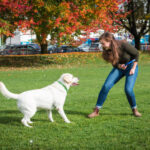






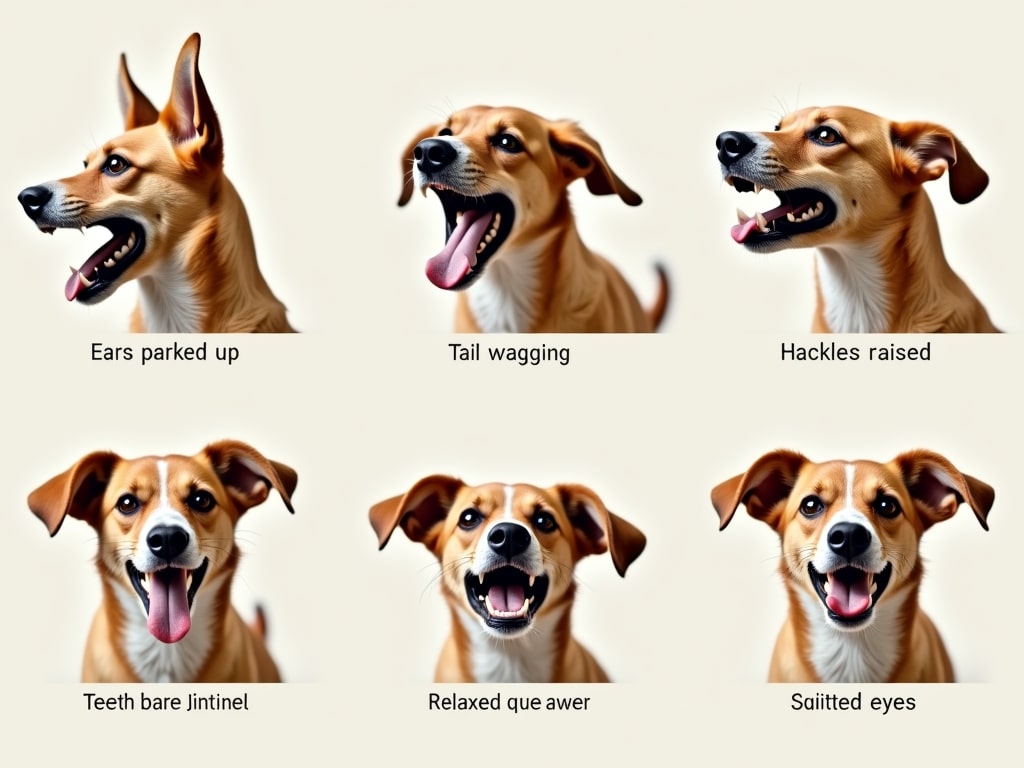
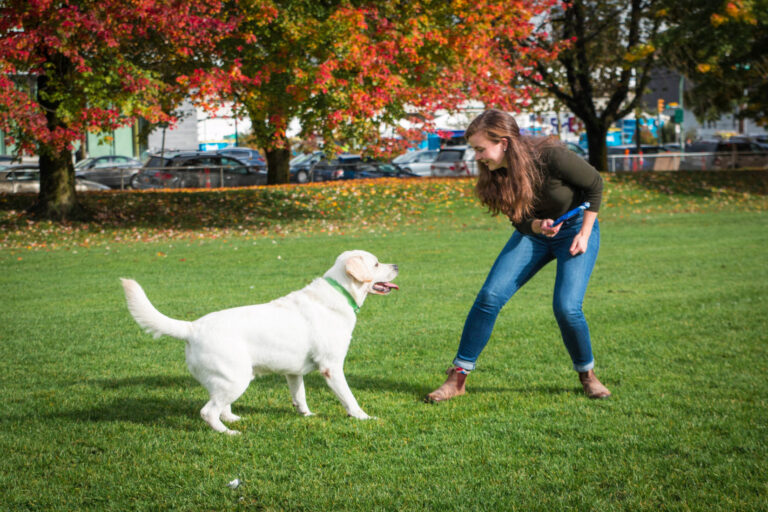
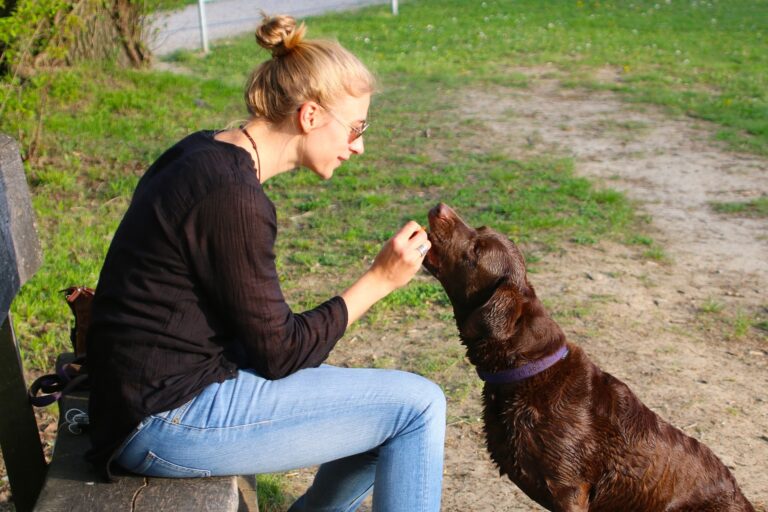



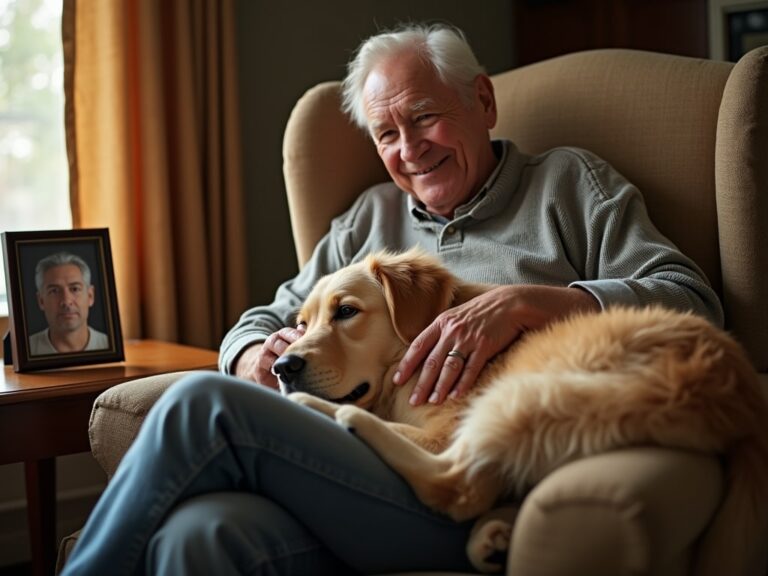


+ There are no comments
Add yours